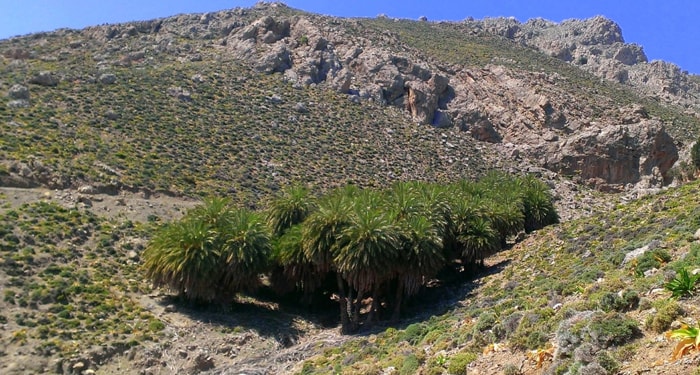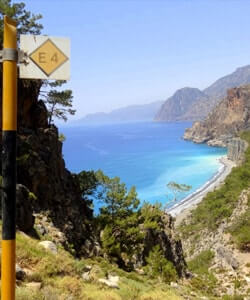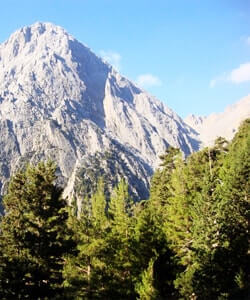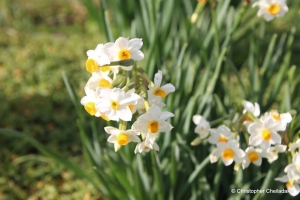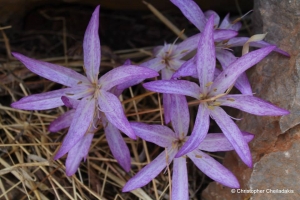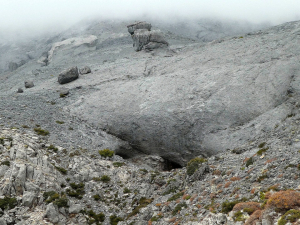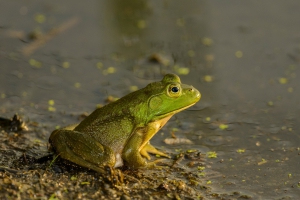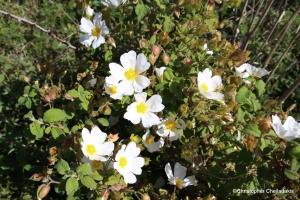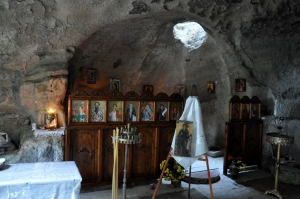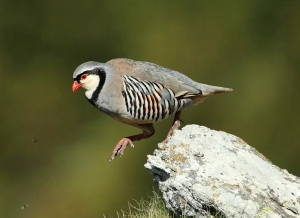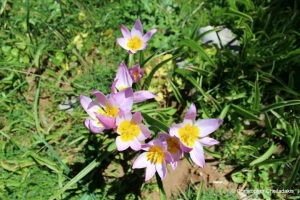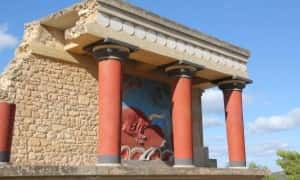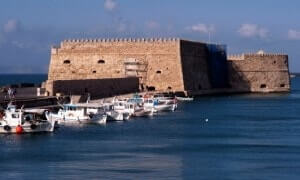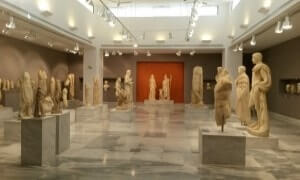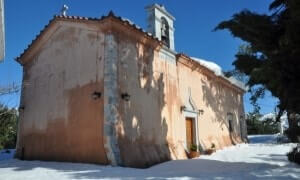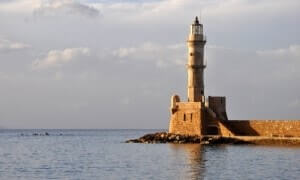One of the most intense scents of flowers that one can meet in Crete is that of the famous Daffodils. The daffodils during the winter months adorned the vases of most houses in the villages and cities of Crete. Crete hosts 2-3 of 6 total species of narcissus growing in Greece, called Manousakia in Crete. The most common and well-known species is the Narcissus tazetta.
In autumn the land of Crete before the first rainfalls fall is adorned with various flowers that bloom literally in the summer dry land, signaling the resurrection of the earth that will follow. The family of Colchicum blooms in the fall and decorates the dry land. The Colchicum plants growing in Crete are all poisonous and this is the main reason they are not endangered with extinction.
Leon Cave was officially discovered on 11 August 2008 by a French-Greek team of speleologists, exploring the White Mountains of Chania (area Atzinolakos, near Melidoni of Fre municipality). However, its existence was known 15 years ago, during a French mission of the Catamaran Club. The area of Atzines has high speleological interest which has attracted mainly French, exploratory missions.
The American bullfrog (scient. Rana catesbeiana) is endemic to the Americal State of California and is widely used for the production of frog legs. However, in 2000 a businessman from Chania, who bred bullfrogs was disappointed by his investment and released all his frogs into the Lake Agia. This resulted in the complete displacement of the local Cretan frogs from the lake.
The white sage-leaved rock-rose (Cistus salvifolius) is one of the most beautiful white flowers of Crete. It is met in all counties of the island at medium altitudes up to almost 900 meters and always in phyllitic acidic grounds. It is not as well known as its related purple cousin (Cistus creticus) because it does not produce the famous laudanum.
The temple is one of the many in Crete dedicated to Saint Anthony, the "saint of the caves". It is a catacomb carved in the soft limestone of the area. Probably, it is the residue of an ancient temple or grave formed after widening a pre-existing cave. We should not overlook the existence of the several Minoan sacred caves on Mount Youchtas.
Chukar (scient. Alectoris graeca) or rock patridge is a beautiful bird abounding in Crete, for which many songs have been sung. The chukar walks and runs well on all grounds. It rarely flies, but it does so faster and better than all galliformes.
The rocky tulip (Tulipa saxatilis) is a rare species of tulip scattered around Crete, Karpathos, Rhodos and southern Turkey. There is also the endemic rocky tulip of Baker (Tulipa saxatilis subsp. bakeri), that was initially separated from the saxatilis species, but in 2009 was reconsidered as a subspecies of saxatilis.






